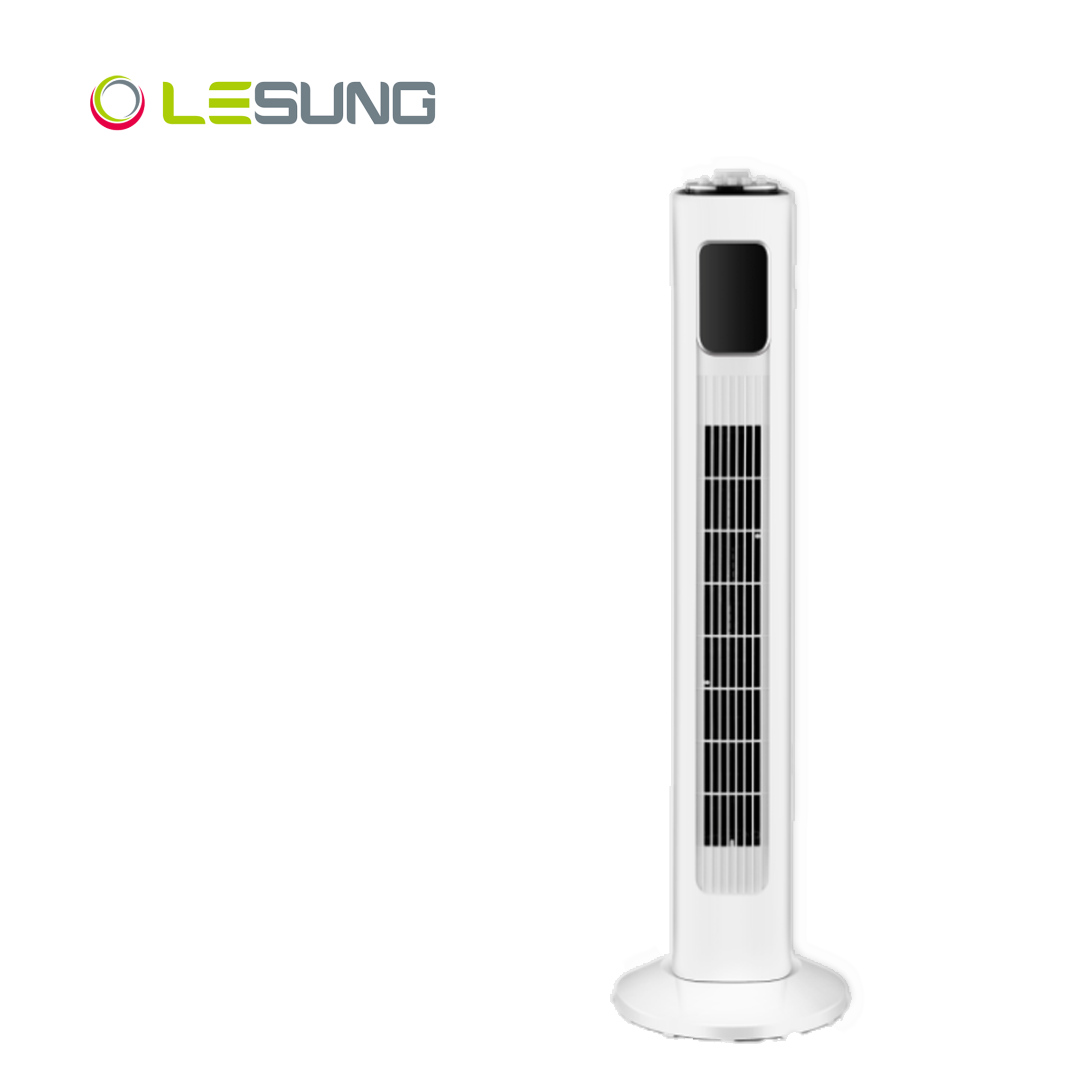Key aspects of household fans
2023-10-23
A household fan is a common and essential appliance used to circulate air within a home, improve ventilation, and provide cooling. Fans come in various types, sizes, and styles, catering to different needs and preferences. Here are some key aspects of household fans:
1. Types of Household Fans:
- Ceiling Fans: These are typically mounted on the ceiling and have rotating blades. Ceiling fans help circulate air throughout a room and can be used for cooling and improving air circulation. Some ceiling fans come with built-in lights.
- Tabletop Fans: These are small, portable fans that can be placed on tables, desks, or countertops. They provide localized cooling and can be directed toward a specific area.
- Floor Fans: Floor fans are larger and more powerful than tabletop fans. They are usually placed on the floor and are suitable for cooling larger areas or whole rooms.
- Box Fans: Box fans are square or rectangular-shaped fans that can be placed on the floor or in windows to draw in fresh air from outside or to exhaust indoor air.
- Tower Fans: Tower fans are tall, slim, and often come with a vertical oscillating feature. They are space-saving and provide a more even distribution of air compared to traditional box or floor fans.
- Window Fans: Window fans are designed to be installed in a window frame to either draw in fresh outdoor air or exhaust indoor air. They are an energy-efficient way to improve ventilation.
- Pedestal Fans: Pedestal fans are similar to floor fans but are mounted on an adjustable stand. This allows users to customize the fan's height and direction.
- Wall-Mounted Fans: These fans are installed on walls and provide a more permanent cooling solution. They are commonly used in commercial spaces and workshops.
2. Functionality:
- Air Circulation: Fans are primarily used to circulate air within a room, which helps in distributing cool or heated air more evenly and maintaining a consistent temperature.
- Cooling: Fans provide a cooling effect through the circulation of air, making a room feel more comfortable, especially in hot weather.
- Ventilation: Some fans, such as window fans, are used to ventilate a room by bringing in fresh outdoor air or expelling stale indoor air.
3. Features:
- Speed Settings: Most household fans offer multiple speed settings, allowing users to adjust the airflow to their comfort level.
- Oscillation: Oscillating fans have a feature that allows them to move from side to side, providing a broader area of coverage.
- Remote Control: Some fans come with remote controls for convenient operation from a distance.
- Timer: Many fans have built-in timers, allowing users to set specific durations for the fan to operate.
- Energy Efficiency: Look for fans with energy-efficient features and consider their power consumption when choosing a fan.
- Noise Level: Noise can be a consideration, especially if you plan to use the fan in a bedroom or quiet space. Quieter fans are often preferred for these settings.
- Air Filtration: Some fans come with air filters or purifiers to improve indoor air quality by capturing dust, pollen, and other particles.
Household fans are versatile appliances that provide comfort and can help reduce the need for air conditioning, ultimately saving energy and lowering electricity bills. When choosing a fan, consider the size of the room, the type of fan that best suits your needs, and any additional features that would enhance your comfort and convenience.



